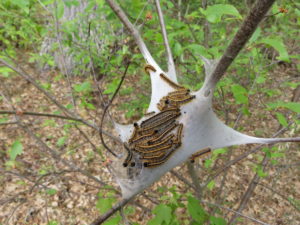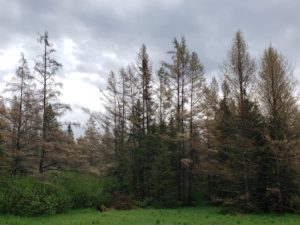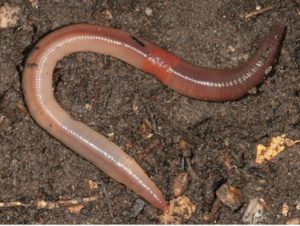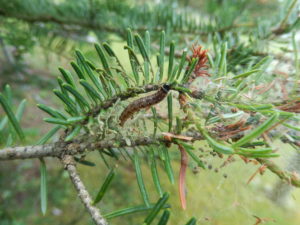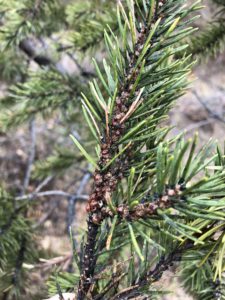By Bieneke Bron, Midwest Center of Excellence for Vector-Borne Diseases, UW-Madison
Do you ever wonder why you are always finding ticks on yourself or around you, but your friends never do? Researchers at the University of Wisconsin – Madison have developed a mobile application that allows users to share their experiences with ticks to help prevent future tick bites.
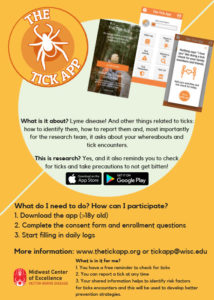 Continue reading “The Tick App! ‘Your Tick Expert On-The-Go!’”
Continue reading “The Tick App! ‘Your Tick Expert On-The-Go!’”

